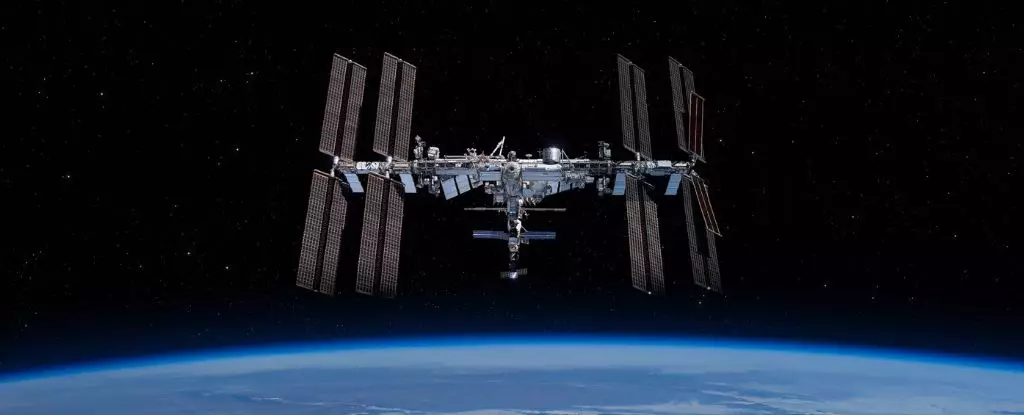The recent docking of a cargo spacecraft at the International Space Station (ISS) turned into an unexpectedly aromatic incident. The uncrewed Russian Progress 90 resupply vessel, which arrived with provisions such as food, hygiene supplies, and scientific instruments, also brought along an unusual odor that raised eyebrows among the astronauts aboard. As the hatch opened, an unexplained and pungent smell wafted into the confined environment of the space station, leading to immediate concerns. Small droplets were observed floating in the air, prompting the crew to take precautionary measures, including closing the hatch swiftly and activating air scrubbers to restore air quality. The incident underscores an often-overlooked aspect of life in space, where even a simple scent can transform into a significant worry.
In confined spaces like the ISS, where astronauts reside for extended periods, environmental quality is paramount. A simple foul odor may seem trivial, but it can be much more than just bothersome; it can indicate potential toxic materials in an enclosed atmosphere where escape is not an option. The authorities quickly issued a statement assuring that there were no immediate dangers to the crew. However, the incident highlighted the inherent risks space missions carry, especially regarding the management of air quality in artificial ecosystems like the ISS.
Astronauts have often commented that living on the ISS comes with its share of unpleasant smells that are difficult to pinpoint. Descriptions range from a noxious combination of burnt food to lingering sweat scents. These odors arise even after thorough pre-flight assessments designed to identify and mitigate unpleasant or harmful emissions. One critical factor contributing to this phenomenon is outgassing. This occurs when materials are subjected to unique conditions, such as low pressure and temperature fluctuations, causing them to release gases or water vapor. Unexpectedly, some materials may emit pungent scents that weren’t apparent on Earth.
NASA officials proposed that this latest olfactory incident could also stem from outgassing processes, which can lead to the release of latent odors when components experience changes in their environment. While the phenomenon itself is not new, its repercussions in the tight quarters of a spacecraft warrant vigilance and prompt action to protect astronauts’ health and preserve sensitive equipment.
Historically, incidents of outgassing have caused significant issues during space missions. One notable example is during the Apollo 8 mission, when a silicon rubber seal emitted gases that contaminated observation windows, temporarily impairing visibility. Fortunately, the current situation aboard the ISS has not manifested into a significant concern. Nevertheless, protocols are in place to thoroughly scrutinize materials bound for space, with an emphasis on low-outgassing characteristics to prevent any similar issues that may arise.
In this case, the cause of the odor was yet to be fully determined. It was suggested that the issue might trace back to the docking mechanism instead of materials within the Progress spacecraft. If this hypothesis proves accurate, the odor may persist, even after the Progress spacecraft departs for its return to Earth. For astronauts, adaptation to these unexpected challenges remains essential, as they conduct experiments and perform critical tasks amid the unique challenges of life in orbit.
The incident at the ISS serves as a reminder of the complexities involved in maintaining life and safety in space. While the odd smell is being managed efficiently, it highlights the need for continuous monitoring and evaluation of every aspect of space missions. As scientists and space agencies work towards making habitats in space increasingly self-sufficient and safer, they must pay close attention to the details of environmental control, even down to the smallest scent. The unknown source of this odor will undoubtedly continue to be scrutinized, driving advancements in the understanding of materials used in spacecraft and their behavior in space conditions. As astronauts forge new paths in space exploration, they must remain vigilant, adaptive, and ready to manage even the most unexpected challenges.


Leave a Reply